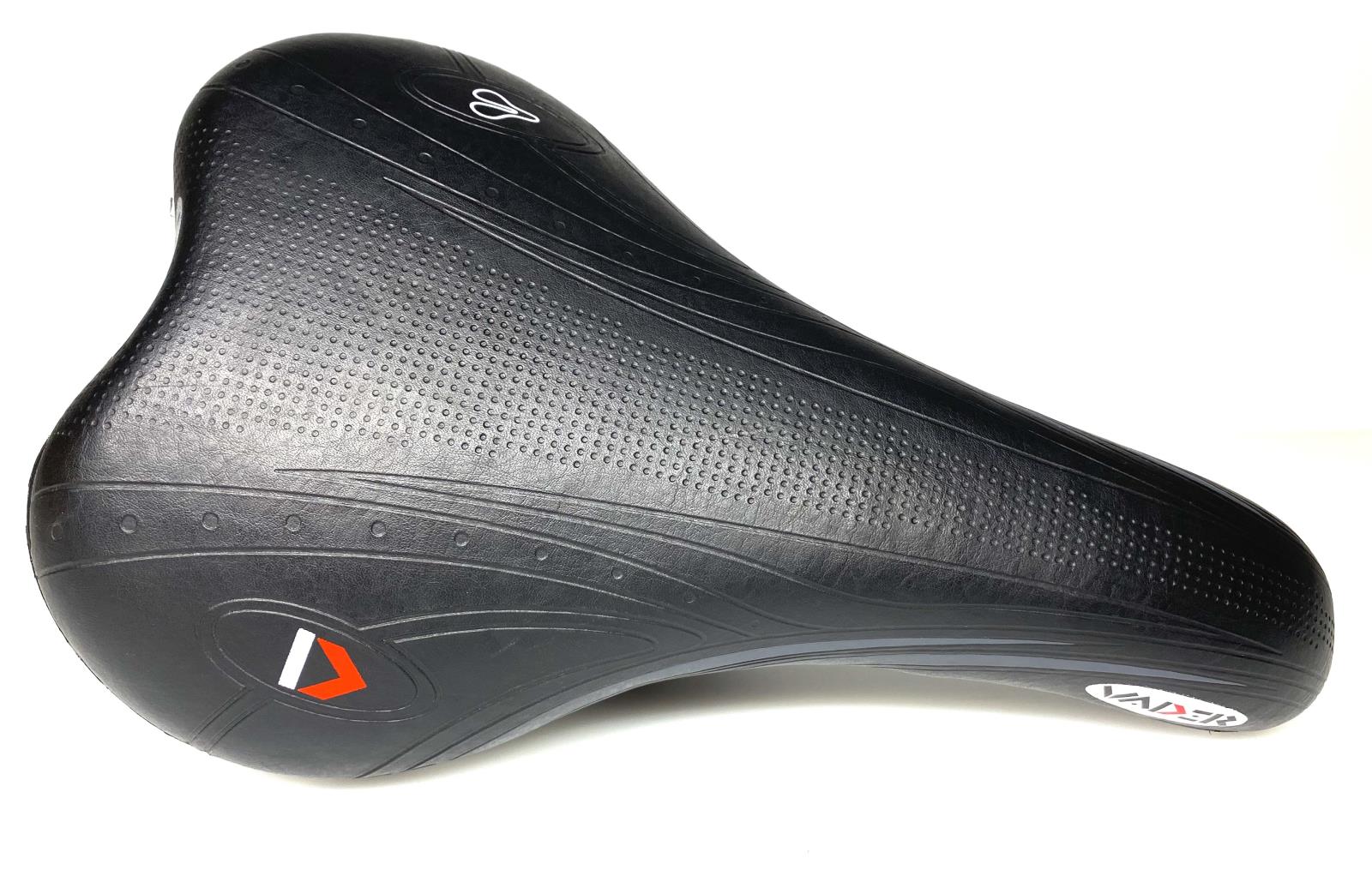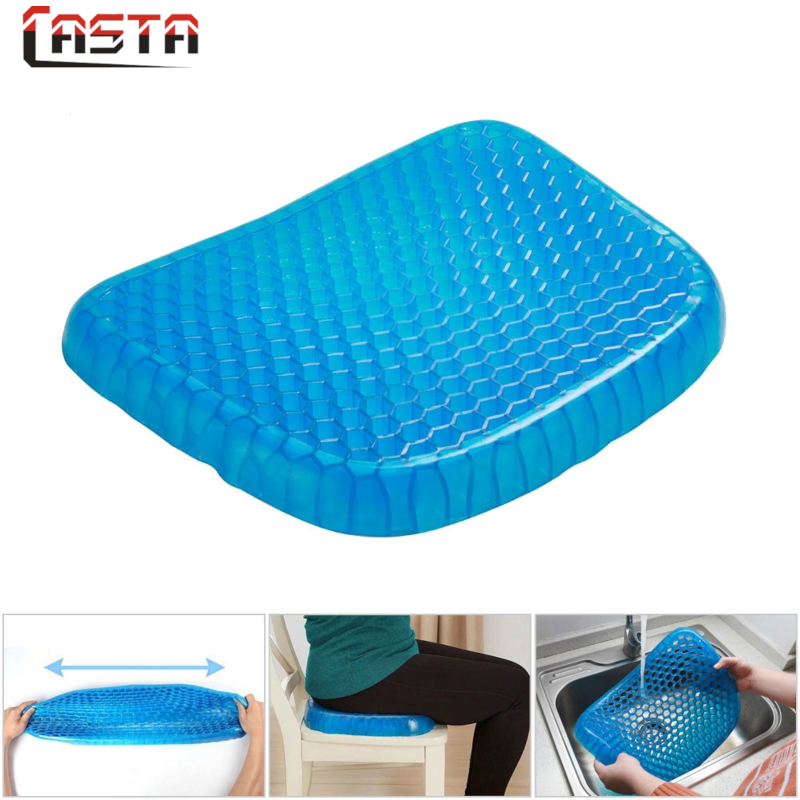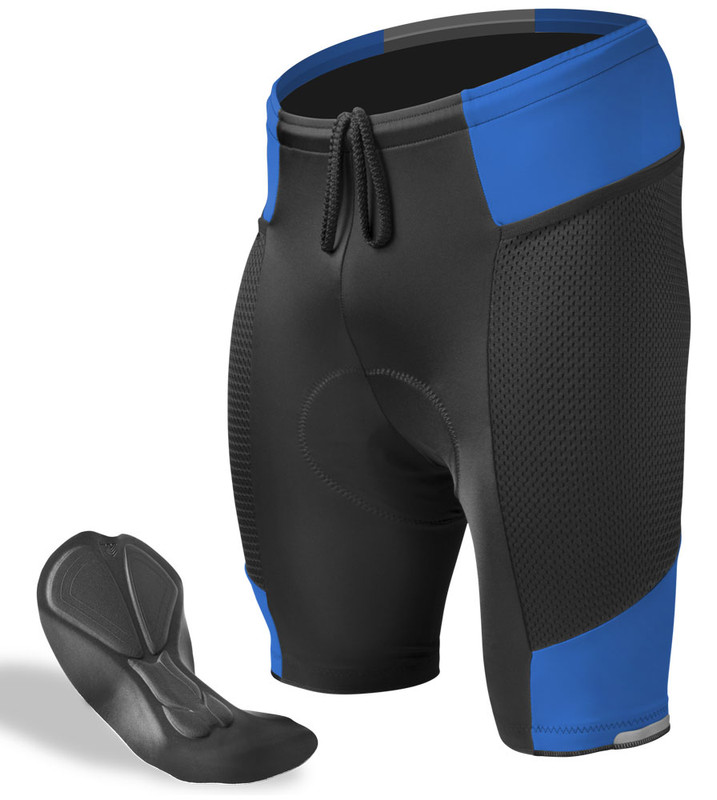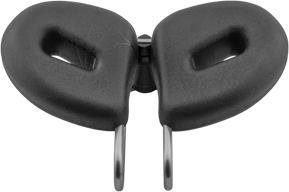Table of Contents
- Why Exercise bike seat hurts?
- Exercise Bike Seat Hurts! What to Do?
- 1. Proper Seat Height and Positioning
- 2. Invest in a Gel Seat Cover
- 3. Padded Bike Shorts
- 4. Perform Regular Seat Adjustments
- 5. Take Breaks and Shift Positions
- 6. Consider a Noseless or Split Seat Design
- 7. Ensure Proper Bike Fit
- 8. Maintain a Steady Pace
- 9. Focus on Proper Form
- 10. Gradually Increase Workout Duration
- Are Men and Women Bike Seats Different?
- Can you change the seat on an exercise bike?
Regular exercise on an exercise bike can do wonders for your cardiovascular health, stamina, and overall well-being. However, one common issue that many individuals face when using an exercise bike is discomfort due to an uncomfortable seat.
The discomfort can be a deterrent, causing some to skip their workouts or shorten their exercise sessions. The good news is that there are several practical and effective ways how to make exercise bike seat more comfortable.
Why Exercise bike seat hurts?
Exercise bike seats, also known as saddles, can cause discomfort and pain for several reasons. While exercise bikes are a popular choice for indoor cardio workouts, the discomfort experienced during or after a ride can be a significant deterrent to regular exercise. Here are some reasons why exercise bike seats may hurt:
- Inadequate Padding: Many exercise bike seats come with minimal padding, which can lead to pressure points and discomfort, especially during long workouts.
- Incorrect Bike Seat Adjustment: Improper seat height, position (fore/aft), or tilt can lead to unnatural pressure on sensitive areas, causing discomfort and pain.
- Lack of Proper Support: Some bike seats lack proper support for the sit bones, leading to pressure on soft tissues, resulting in soreness and discomfort.
- Friction and Chafing: Constant rubbing and friction between the seat and the rider’s skin can cause chafing, leading to skin irritation and discomfort.
- Body Shape and Size: Individual variations in body shape and size can impact how a bike seat feels. A seat that works well for one person may not be comfortable for another.
- Uncomfortable Seat Material: Certain seat materials, such as hard plastic or vinyl, can be less comfortable and may cause discomfort during prolonged use.
- Incorrect Bike Fit: A bike that is not properly fitted to the rider’s body can lead to awkward and uncomfortable riding positions, contributing to seat discomfort.
- Lack of Conditioning: Beginners or individuals not accustomed to cycling may experience discomfort as their body adapts to the new exercise routine.
- Existing Medical Conditions: People with certain medical conditions, such as hemorrhoids, coccyx pain, or pelvic floor issues, may find traditional bike seats particularly uncomfortable.
- Lack of Breaks and Movement: Prolonged periods of sitting without taking breaks or shifting positions can exacerbate discomfort and lead to soreness.
Exercise Bike Seat Hurts! What to Do?
Here are various tips, adjustments, and accessories to help you enhance your exercise experience and pedal toward a more comfortable ride.
1. Proper Seat Height and Positioning
The first step in improving the comfort of your exercise bike seat is ensuring that it is properly positioned. Proper seat height is essential to maintain the correct form while cycling and to minimize strain on your knees and hips.
When you sit on the bike, your legs should have a slight bend at the knees when the pedals are at their lowest point. If your knees are fully extended or excessively bent, adjust the seat height accordingly.
Additionally, ensure that the seat is level and not tilted too far forward or backward. A level seat distributes your weight more evenly, reducing pressure points and discomfort during your ride.
2. Invest in a Gel Seat Cover
One of the simplest and most effective ways how to make exercise bike seat more comfortable is by investing in a gel seat cover. Gel seat covers are designed to provide extra cushioning and support, reducing pressure on sensitive areas such as the sit bones. They are easy to install and can make a significant difference in the comfort of your ride.
When selecting a gel seat cover, choose one that is compatible with the size and shape of your exercise bike seat. Look for a cover with a non-slip bottom to ensure it stays securely in place during your workouts.
3. Padded Bike Shorts
Wearing padded bike shorts can greatly enhance your comfort during long rides on the exercise bike. Padded shorts provide additional cushioning and reduce friction between your body and the seat.
They are specifically designed to distribute pressure evenly and protect sensitive areas, making them a popular choice among cyclists.
Padded bike shorts come in various styles and designs, catering to different preferences and body types. Whether you prefer traditional cycling shorts or compression-style shorts, choose the one that best suits your needs and provides optimal comfort.
4. Perform Regular Seat Adjustments
As you progress in your fitness journey, your body may adapt to the exercise bike and the seat’s comfort level may change. Perform regular seat adjustments to accommodate any changes in your body or cycling preferences. What was comfortable initially may not be ideal as you increase your cycling intensity or duration.
Experiment with small seat height and angle adjustments to find the most comfortable position for your body. Your comfort on the bike can improve significantly with minor adjustments to the seat positioning.
5. Take Breaks and Shift Positions
Even with a comfortable seat, sitting in one position for an extended period can lead to discomfort. To alleviate pressure and prevent soreness, take short breaks during your workout to stand up, stretch, and shift your body’s position.
You can also try shifting your weight from side to side periodically while cycling. This simple movement helps reduce pressure on specific areas and promotes better blood flow to the muscles.
6. Consider a Noseless or Split Seat Design
If you find that traditional bike seats still cause discomfort, consider upgrading to a noseless or split seat design. Noseless seats eliminate the front portion of the seat, which can be beneficial for individuals experiencing pressure on the perineum area.
Split seat designs have a gap or groove in the center, reducing pressure on sensitive areas and enhancing ventilation. These seats are often favored by cyclists who require additional relief from pressure points.
7. Ensure Proper Bike Fit
Aside from seat adjustments, it’s essential to ensure that your exercise bike is properly fit for your body. An improperly fit bike can lead to discomfort and even injuries over time. If you are unsure about the fit of your exercise bike, consider consulting with a fitness professional or a knowledgeable staff member at the gym.
8. Maintain a Steady Pace
Maintaining a steady and consistent pace on the exercise bike can contribute to your comfort during the workout. Avoid sudden and jerky movements, as they can increase pressure on the seat and cause discomfort.
9. Focus on Proper Form
Maintaining proper form while cycling is crucial for comfort and effectiveness. Keep your back straight, shoulders relaxed, and engage your core muscles to support your posture. Proper form distributes your weight more evenly, reducing pressure on the seat.
10. Gradually Increase Workout Duration
If you’re new to exercising on an exercise bike, start with shorter workout sessions and gradually increase the duration as your body adapts. Allow your muscles and sit bones to acclimate to the pressure and contact with the seat.
Are Men and Women Bike Seats Different?
Yes, women’s bike seats are often different from men’s bike seats. The main reason for the difference is the anatomical variations between male and female riders.
Women’s Bike Seats:
Women’s bike seats are designed with consideration for the wider pelvic structure and sit bone spacing typical of many women. They tend to be wider and shorter in length to accommodate the female anatomy more comfortably. Additionally, women’s bike seats often have a center cutout or a relief channel to reduce pressure on sensitive soft tissues in the pelvic region, such as the perineum. This design feature helps prevent discomfort, numbness, and potential nerve compression during longer rides.
Men’s Bike Seats:
Men’s bike seats are typically narrower and longer compared to women’s seats. They are designed to accommodate the narrower sit bone spacing commonly found in men’s pelvis. Men’s seats may not always have a center cutout since male riders generally have less soft tissue in the perineum area. Instead, the focus is on providing support and cushioning to the sit bones.
Unisex Bike Seats:
In addition to specific women’s and men’s bike seats, there are also unisex or gender-neutral bike seats available in the market. Unisex seats aim to cater to a broader range of riders by offering a compromise in design that suits both male and female anatomies. These seats may have some features found in women’s seats, like a cutout or relief channel, while still providing support for the sit bones commonly found in men’s seats.

Importance of Proper Bike Seat Fit:
Regardless of gender, the most crucial aspect of bike seat comfort is finding the right fit based on an individual’s sit bone width and riding style. Different riders may have varying preferences, and what works for one person may not be suitable for another. Therefore, it’s essential to try out different bike seats to find the one that best suits individual comfort needs.
Some bike shops offer sit bone measurement services using specialized tools to determine the optimal seat width for a rider. This can help in choosing a bike seat that provides adequate support and minimizes discomfort during cycling.
Can you change the seat on an exercise bike?
Yes, in most cases, you can change the seat on an exercise bike. Exercise bikes, especially those designed for home use, often have seats that are detachable and replaceable. Changing the seat allows you to customize the bike to your comfort preferences and body shape. Here’s how you can go about changing the seat on an exercise bike:
- Check Compatibility: Before purchasing a new seat, ensure that it is compatible with your exercise bike. Exercise bikes come with different seat mounting systems, so it’s essential to choose a seat that fits your bike’s design.
- Remove the Existing Seat: Most exercise bike seats are attached to the bike with a simple mounting mechanism, such as a clamp or a bolt. Use the appropriate tool, such as an Allen wrench, to loosen and remove the bolts or clamps holding the current seat in place.
- Positioning the New Seat: Place the new seat on the bike’s seat post and align it correctly with the mounting holes. Make sure the seat is level and centered for an optimal riding experience.
- Secure the New Seat: Use the bolts or clamps provided with the new seat to secure it in place. Ensure that the seat is firmly attached and does not wobble.
- Adjusting Seat Height and Position: Once the new seat is installed, adjust its height and position according to your comfort and riding preferences. Proper seat adjustment is essential to avoid discomfort and potential injuries while cycling.
- Test and Fine-Tune: Take a short test ride to assess the comfort and fit of the new seat. If needed, make additional adjustments to achieve the most comfortable riding position.
- Consider Additional Accessories: Depending on your comfort needs, you can also add accessories like gel seat covers or padded shorts to enhance comfort during longer rides.
Keep in mind that while changing the seat on many exercise bikes is a straightforward process, some commercial or high-end models may have integrated seats that are not easily replaceable.









